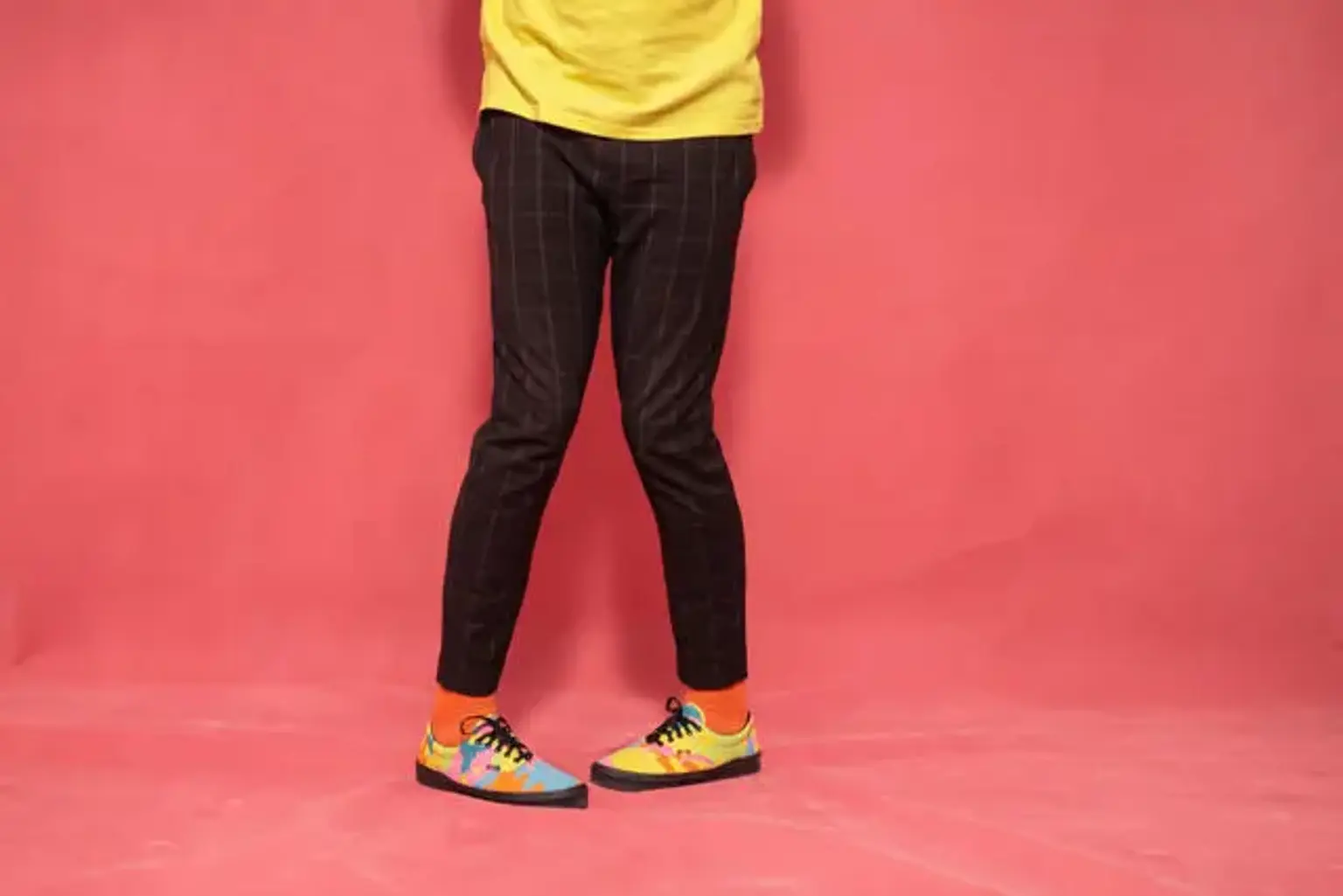Pigeon Toes (Intoeing)
In-toeing is most commonly seen in newborns and young children, and deformities and angular deviations of the lower extremities are one of the most prevalent causes for referral to pediatric orthopedics. A rotational change anywhere in the lower extremities causes the foot to point inward, which is known as pigeon-toeing.
Understanding the normal growth and development of children's lower extremities is crucial to understanding variational diseases of the lower limb. Femoral anteversion, or forward rotation of the femoral neck, is roughly 40 degrees in neonates. With time, the hip's enhanced internal rotation reduces.
The degree of anteversion diminishes by around half by the age of ten. Any variation from the usual course of limb development and rotation should be identified and distinguished from early angulation persisting and disorders that limit proper rotation.
